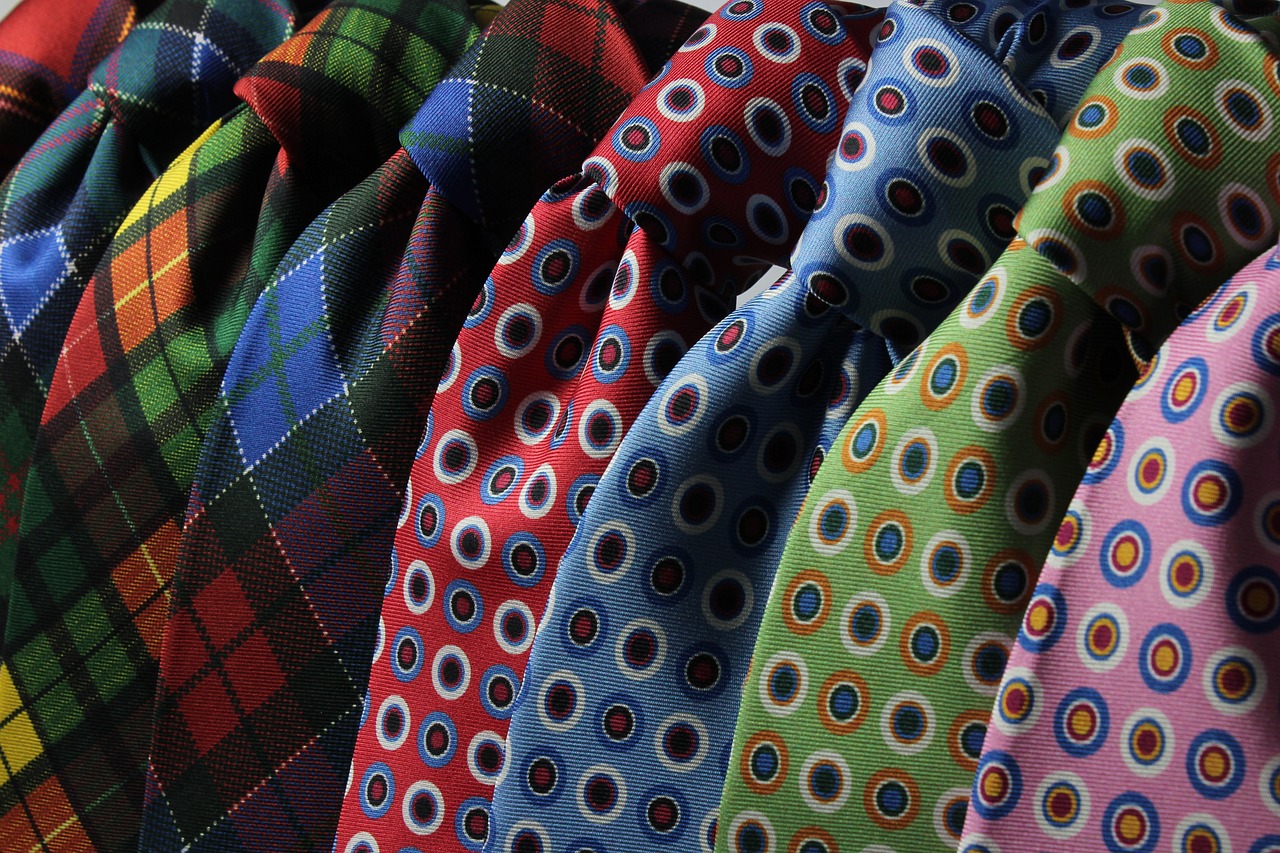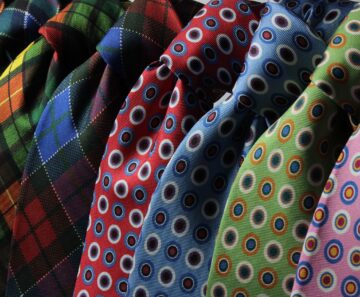The fashion industry, valued at billions of dollars, is not immune to the effects of counterfeiting. The demand for high-end designer goods has driven the counterfeit market to thrive alarmingly. Counterfeit fashion, also known as “fake fashion” or “knockoff couture,” has become a global issue, infiltrating everything from street markets to online platforms. With counterfeit items often priced significantly lower than authentic pieces, the allure of luxury for less continues to fuel this underground industry, but at a cost far beyond the consumer’s wallet.
1. The Scale of the Counterfeit Market
Counterfeit fashion is big business. According to the International Chamber of Commerce, counterfeit goods, including fashion items, account for around $600 billion annually, with fashion alone making up a substantial portion. Popular brands such as Gucci, Louis Vuitton, and Chanel are among the most brutal hit, as counterfeiters focus on producing knockoffs of high-demand items that carry considerable brand prestige.
The availability of fake goods has skyrocketed with the rise of e-commerce and social media. Online marketplaces such as Amazon, eBay, and smaller independent platforms have been found to host counterfeit listings, often sold alongside legitimate items. While brands and marketplaces work to combat the counterfeit market, sellers continue to find creative ways to evade detection, making it difficult for consumers to distinguish genuine products from fake ones.
2. Environmental and Economic Costs
Counterfeit fashion contributes significantly to waste and environmental degradation. Unlike legitimate brands that often adhere to ecological standards, counterfeit producers operate outside any regulation. Fake goods are typically manufactured in unsanitary, unsafe, and highly polluting facilities that use substandard materials and methods. These items are also often made to lower quality standards, which means they wear out quickly and end up in landfills much sooner than legitimate items.
Economically, counterfeit fashion costs legitimate companies billions in lost revenue each year. Brands that invest heavily in research, design, and quality are undercut by cheaper, lower-quality replicas, affecting their profitability and ultimately impacting jobs within the fashion industry. Consumers suffer when they unknowingly purchase fake items, only to be disappointed by poor quality and potentially unsafe materials.
3. Exploitation of Labor in the Counterfeit Industry
The counterfeit fashion industry is notorious for its exploitative labor practices. Many counterfeit items are produced in sweatshops where workers, often including children, are subjected to dangerous working conditions, long hours, and little to no pay. These illegal operations lack labor oversight and are rife with human rights abuses. Workers in these facilities are frequently denied basic protections, healthcare, and fair compensation, highlighting a darker aspect of the counterfeit market.
4. How Consumers Can Combat Counterfeit Couture
While counterfeit fashion remains a pressing issue, consumers play a crucial role in combating its prevalence. Educating oneself about a brand’s signature features, materials, and pricing can help spot fakes. Purchasing directly from trusted stores or official websites is one of the most effective ways to ensure authenticity. Some brands also use advanced authentication technologies, such as unique serial numbers and QR codes, to help customers verify their purchases.
Another growing movement is the shift toward quality over quantity. Consumers increasingly support sustainable, ethical brands that prioritize transparency and responsible manufacturing. Investing in fewer, high-quality pieces rather than multiple knockoffs supports brands with authentic designs and ethical production processes, contributing to a healthier fashion ecosystem.
Conclusion
Counterfeit fashion’s rise is a testament to the allure and challenges of luxury. However, the repercussions of supporting counterfeit goods extend far beyond individual purchases. By understanding the environmental, economic, and ethical costs, consumers can help counteract the spread of fake fashion, supporting an industry that values quality, authenticity, and fairness.




